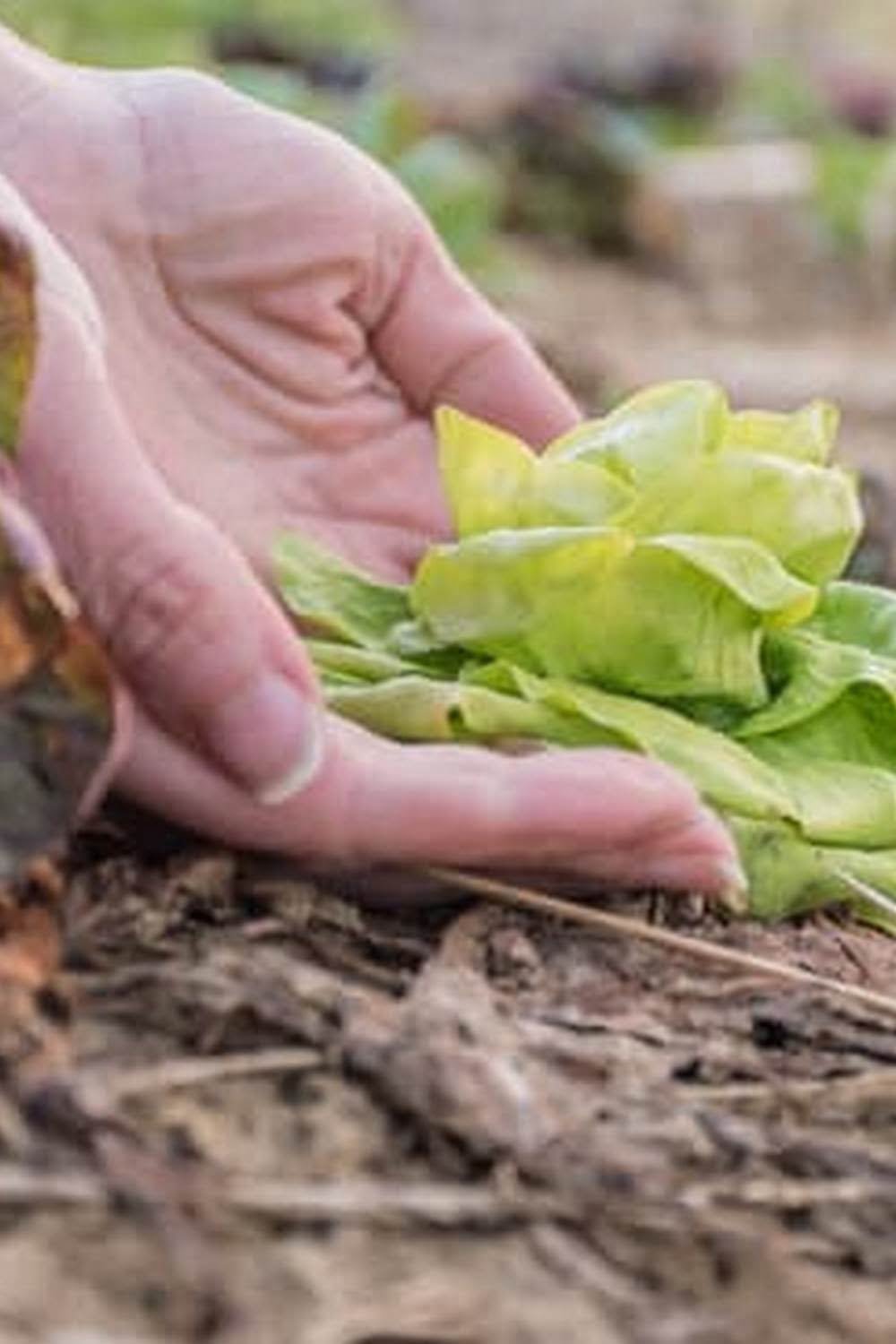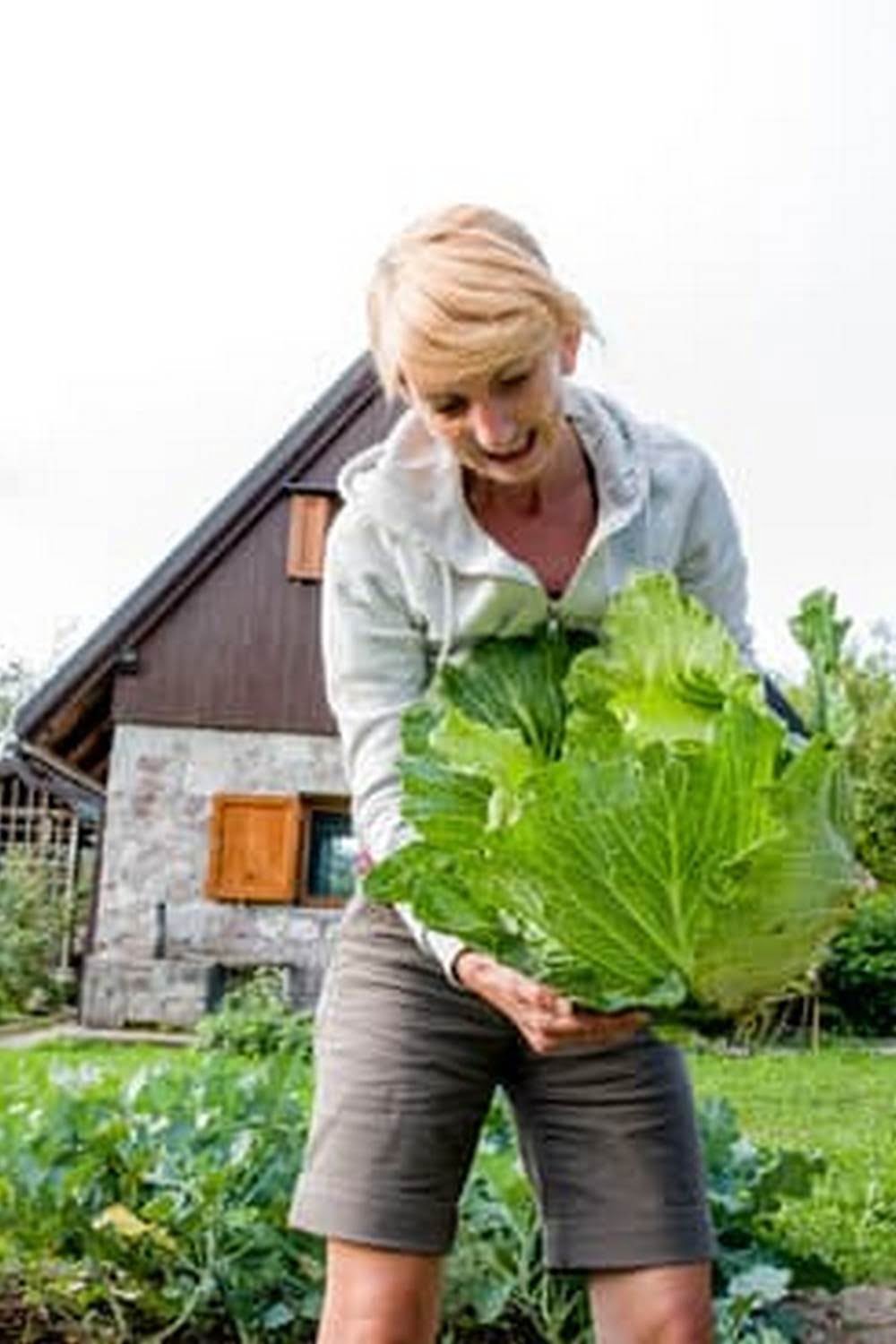Introduction
Growing your own vegetables is an excellent way to save money and have access to fresh, healthy food. It also helps give you a great sense of accomplishment and pride when you are able to eat the fruits of your labor! But when it comes to having a successful garden, timing is everything—you need to know how long it takes for each vegetable to mature before harvesting.
Depending on the type of vegetable you plan on growing, the growth timeline can vary. Some vegetables such as leafy greens like spinach or kale will reach maturity within a matter of weeks, while others such as carrots or squash can take much longer and require months for full maturation. To ensure that your plants are getting enough sunlight and nutrients, regular watering may be necessary throughout their growth process. Additionally, some vegetables may require more attention and care than others in order to bear fruit; zucchinis for example typically benefit from the use of a trellis or stake for support.
Vegetables mature at different rates and may respond differently depending on their environment; however there are general estimates of how long it takes for each variety of vegetable to reach its full potential. For example, radishes typically take about three weeks from planting until harvest; peas take between eight and twelve weeks; brussel sprouts take around 140 days; and tomatoes may take anywhere from 60-80 days. Knowing the appropriate time frame needed for each plant should provide you with an idea of what is required in order to have a flourishing garden.
Overall, when growing garden vegetables you should be prepared for some trial-and-error in discovering which method works best for both your location and individual preferences. The length of time it takes to mature each vegetable varies greatly depending on variety as well as environmental conditions, yet having knowledge of these variables should help guide you along your journey towards achieving a garden filled with delicious homegrown produce!
Getting Started
Before choosing what vegetables you want to grow, it is important to understand how long it takes for garden vegetables to grow. This will depend on the variety of vegetable, as well as its growing requirements and the climate of your area. For example, some fast growing vegetables can be harvested in as little as 10-14 days, while slow maturing vegetables may take 60 days or more before they are ready for harvest. Generally speaking, cool-season vegetables such as kale and spinach mature rather quickly in mild climates, whereas warm-season vegetables such as tomatoes and peppers may take much longer if temperatures remain too cold for their liking.
When starting a new vegetable garden, it’s best to begin with easy quick-growing varieties like lettuce, spinach or radishes. These can also be intercropped with slower maturing varieties so that you have something to harvest sooner than later. Once you become more familiar with your gardening skills and local weather conditions, you can start adding more challenging crops such as fruits or beans that may take some additional time and attention to reach maturity. The key is understanding the optimal temperature range for your crop and having patience throughout the process!
Planting & Preparing
The amount of time it takes for garden vegetables to grow depends on many factors. Climate, sunlight, soil, fertilizer, and watering all play a role in how quickly plants mature and produce food. Generally speaking, smaller vegetables such as tomatoes and peppers can grow in 6 to 8 weeks if you actively tend to them. On the other hand, larger root vegetables like carrots or radishes take up to 16 weeks from planting to maturity.
To maximize yields in your garden it is important that you properly prepare the area before planting seeds. Preparing the soil consists of making sure there are no weeds, mounding the soil (in some cases) for better drainage, adding organic material for nutrition such as compost or manure and mixing them in with a rototiller or shovel. Taking the time to properly prepare your garden will build a strong foundation for healthy and thriving vegetable growth during the season. Additionally using covered row crops and plant supports to protect against cold air temperatures will also help ensure your yield is maximized throughout the season.
To Grow or Not to Grow
The amount of time it takes for garden vegetables to grow depends mostly on the type of vegetable and the climate. Some vegetables take as little as three weeks or so to harvest, while others may take up to several months. Vegetables like lettuces, radishes, and peas can be harvested within a few weeks after sowing. Carrots, beans, cucumbers, and other root vegetables usually take more than three months before you can harvest them. Cool-season vegetables, such as kale and broccoli, may even take a full season before they’re ready for picking. In cold climates with harsher growing seasons, faster-maturing varieties such as Brussels sprouts and cabbage may take seven months or longer to reach maturity; plants will usually mature more quickly during warmer weather conditions.
When deciding which vegetable crops to plant in your garden, consider your growing conditions and make sure to pick crops that are best suited for the climate. Vegetables like tomatoes thrive in warm climates with long summers while cooler-season crops require shorter grows like leafy greens and broccoli fares the best during colder weather. Additionally, some vegetables are better left out of home gardens – or only grown in small numbers – due to their lengthier maturation timeline (e.g., corn). Be sure to do your research before selecting your gardening plants or consult a knowledgeable gardener with experience in the area if possible.
Time Frames
The amount of time it takes for garden vegetables to grow will vary depending on the individual vegetable. Some vegetables, like lettuces, radishes, and scallions, can be harvested in as little as 30 days while carrots and beetroots take 60-85 days to mature. Peppers generally take 65-80 days to reach full size whereas tomatoes usually need 70-90 days. Brussels sprouts typically require 110-150 days and potatoes 100-150 days until they can be harvested. Long season vegetables such as squash and melons may need at least 90 days until ready for harvest. The germination period for all of these vegetables varies from 4-20 days before you are able to see the seedlings.
Quick Tips
Gardening can be a labor-intensive activity, requiring a lot of patience and dedication to match the end results. However, there are some shortcuts that gardeners can take to help speed up the time it takes for their vegetables to grow.
One way to reduce the amount of time required for growing is by using varieties that offer quicker growth cycles. Certain vegetable species are able to produce a crop faster than others, meaning you can have fresh veggies in hand much sooner by planting these types of plants. Similarly, choosing plants that come from seeds rather than cutting will decrease the amount of time needed for them to reach maturity. Additionally, when given warm temperatures, adequate moisture and plenty of sunlight alongside good soil conditions; most garden vegetables growth will accelerate rapidly leading to higher yields in less time compared to gardens being grown elsewhere.
By investing in high-quality fertilizers tailored specifically for whatever type of plant they’re trying to grow, gardeners can also increase their crops quite quickly. These fertilizers provide essential vitamins and minerals that result in large size fruits and vegetables with bountiful yields while helping them stay fresher longer. Starting your seedlings indoors under regulated setting can also give your crop an added boost in the right direction towards maturity as well as pest control such as floating row covers which can keep pesky bugs away from tender new plants throughout its growth cycle.
Conclusion
Growing your own garden vegetables is a great way to get fresh, healthy food without breaking the bank. However, depending on the type of vegetable you are growing, knowing how long it takes for them to be ready to harvest can make or break your success. It may take anywhere from 30 days for radishes, to 120 days for carrots, 90-125 days for tomatoes and peppers, and up to 150 days for some pumpkins. Although this timeline might seem daunting at first glance, making sure you are prepared with the right supplies (good soil, water and sunshine), and being knowledgeable about best practice planting times can help ensure that your garden is ready when you expect it to be. With a little knowledge and effort, even newbie gardeners can quickly start enjoying the benefits of their home grown produce.

If you’re looking to get into vegetable gardening, or are just looking for some tips on how to make your current garden better, then you’ve come to the right place! My name is Ethel and I have been gardening for years. In this blog, I’m going to share with you some of my best tips on how to create a successful vegetable garden.





